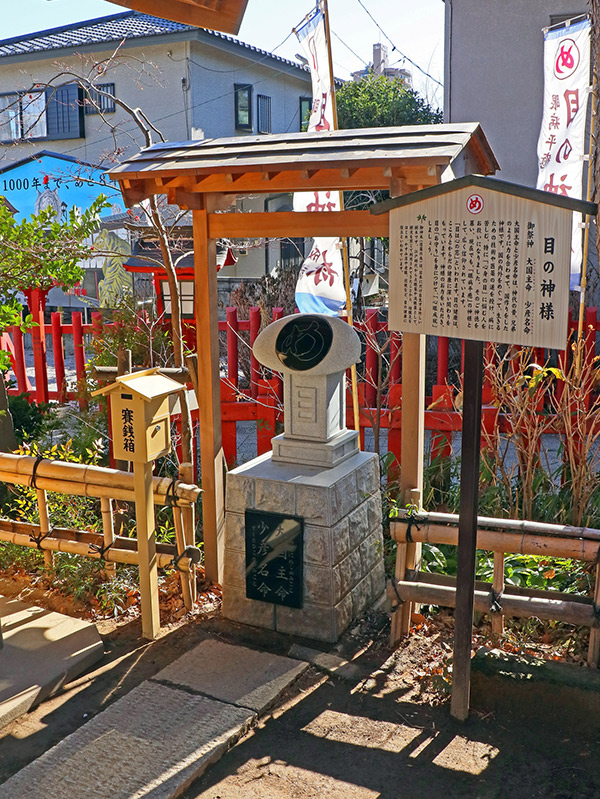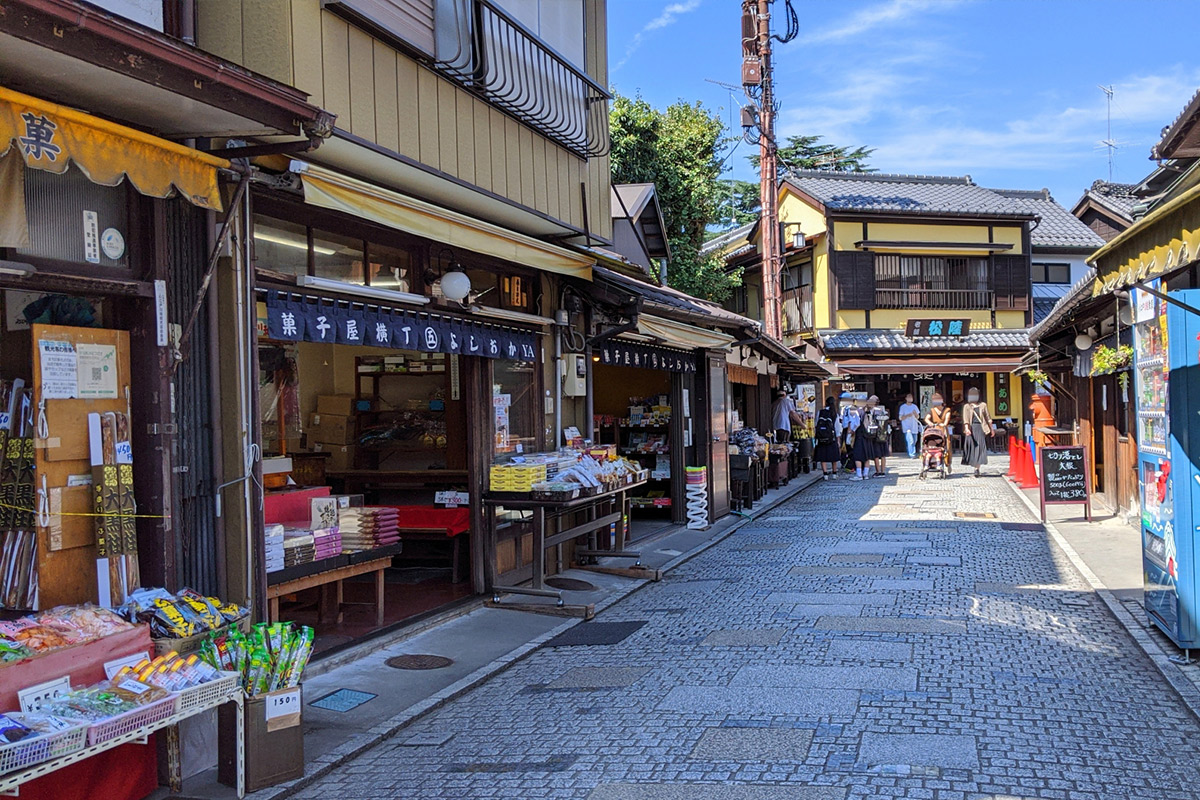Kawagoe – It is a sightseeing spot where you can feel the history of Japan
Category: blog Regions of Japan Sightseeing

History of Kawagoe
Kawagoe Castle was built around 1457.
It was considered an important place to protect Edo (formerly Tokyo, where there was a famous warlord named Tokugawa Ieyasu), and powerful warriors were assigned to this area.
The town was extensively developed as a castle town, and developed into a commercial city in Saitama Prefecture, with grain, textiles, and tansu as its main products.
The remains of the castle town can still be seen in various parts of the town. This is because the town was spared from wars and earthquakes. Visitors can enjoy sightseeing while feeling the history of the past.
The number of cultural assets that remain today is the third largest in the Kanto region. It is also recognized by the national government as a historical city.
A slow walk around the town will probably take about two hours. There are buses available, so take your time and enjoy a leisurely walk around the town.
Recommended sightseeing in Kawagoe
Streetscape of Kradukuri
Kawagoe still retains its kuradukuri streetscape, an ingenious fireproof construction technique developed during the Edo period to prevent similar fires.

Chime

This bell, first built between 1627 and 1634, is a symbol of the area that has been an indispensable time teller of life.
The present bell tower was rebuilt the year after the fire in 1893. 16 meters high on three levels, the bells can be heard four times a day.
Kawagoe Hikawa Shrine
The shrine has long been worshipped as a god of marriage.
There are also seasonal attractions. Take summer, for example.
The event is called “Enmusubi Fu-ring,” or “match-making wind chimes,” and the temple grounds are decorated with approximately 1,500 Edo-style wind chimes.

Kawagoe Hachimangu Shrine

The shrine has a history of about 1,000 years. It is a popular shrine visited by couples, the elderly, and athletes for its blessings of marriage, health for legs and back, and success in passing entrance exams.

Some of them are gods of the eyes. This is because the god who created the nation sometimes exorcised people suffering from “eyes of body and soul,” and is still widely believed to “heal eye diseases” to this day.
Kashi-ya yokocho (Confectionery alley)
A famous spot in Kawagoe with about 30 confectioners and other shops.

In addition to candy, carmelized sweets, and other candy, there are also many stores that sell gourmet food such as rice crackers and manjus (buns).
Kawagoe Gourmet & Souvenirs

Kawagoe has many places where you can eat and drink. You can buy various kinds of food and eat them, or you can go into restaurants.
If you enter the restaurant, eel dishes are recommended.

Kawagoe was once forbidden to eat pigs and cows. In addition, since there was no sea around, river fish was a valuable source of protein.
From the remnants of this, there are restaurants that serve eel dishes, which became a specialty of Kawagoe.
If you want to eat, sweet potato snacks are a good choice.
In the past, sweet potatoes produced in this region were considered a luxury item, as there were few sweet foods available.Using boats, Kawagoe sweet potatoes were transported to the castle.

Many snacks and sweets made from sweet potatoes are sold, but the standard type to eat around is the chip type.
For souvenirs, I recommend the “Imokoi” sweets.Manju (sweet potato and sweet bean paste) covered with glutinous rice flour.It has been certified as an “excellent brand product” by Saitama Prefecture, where Kawagoe is located.

However, I checked and it looks like the souvenirs are sold in frozen form.
If you are in the area, I recommend buying freshly steamed and eating it right away!





